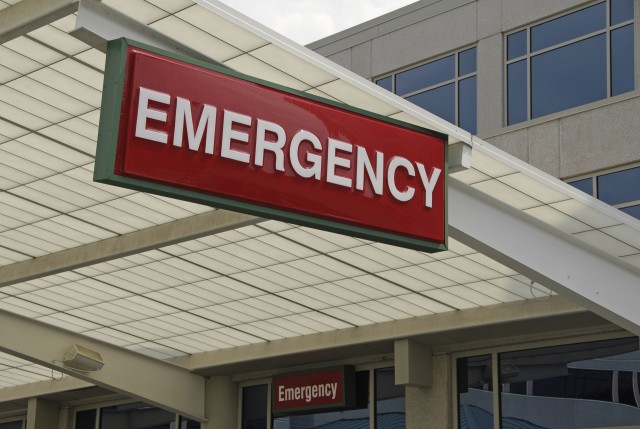
Traditionally people think of a hospital emergency room as a place to go for injuries: someone gets in a car accident, has a heart attack, or falls out of a tree and breaks his leg. But the ER also plays a large role in treating medical patients.
Millions of Californians visit emergency departments for help with non-injury related health problems -- and that number is rising, according to a study recently published in the April edition of Health Affairs.
The study, led by the University of California, San Francisco, shows the rate of emergency room visits for non-injury related problems rose 13.4 percent in the state, from 10.1 million visits in 2005 to 11.9 million visits in 2011. The largest increase in non-injury related ER visits were for gastrointestinal diseases, abdominal pain and nervous system disorders.
Renee Hsia is a professor of Emergency Medicine and Health Policy Studies at UCSF, and the lead author of the study. She says hospital admissions rates are a window into California's health care system.
"Maybe patients are coming to the emergency department because they are pressured for time because [primary care doctors] only have 15 minute appointments," Hsia says. "Or maybe because [primary care doctors] don’t have good access to imaging, or because there’s a changing culture in how people want to be treated: they don’t want to wait a few weeks to get a diagnosis, they want it now. There’s a whole host of possibilities about why these findings might be the case."
Hsia says another reason may be that patients are living longer because of advances in medicine -- and that means they're also living longer lives with more chronic diseases.